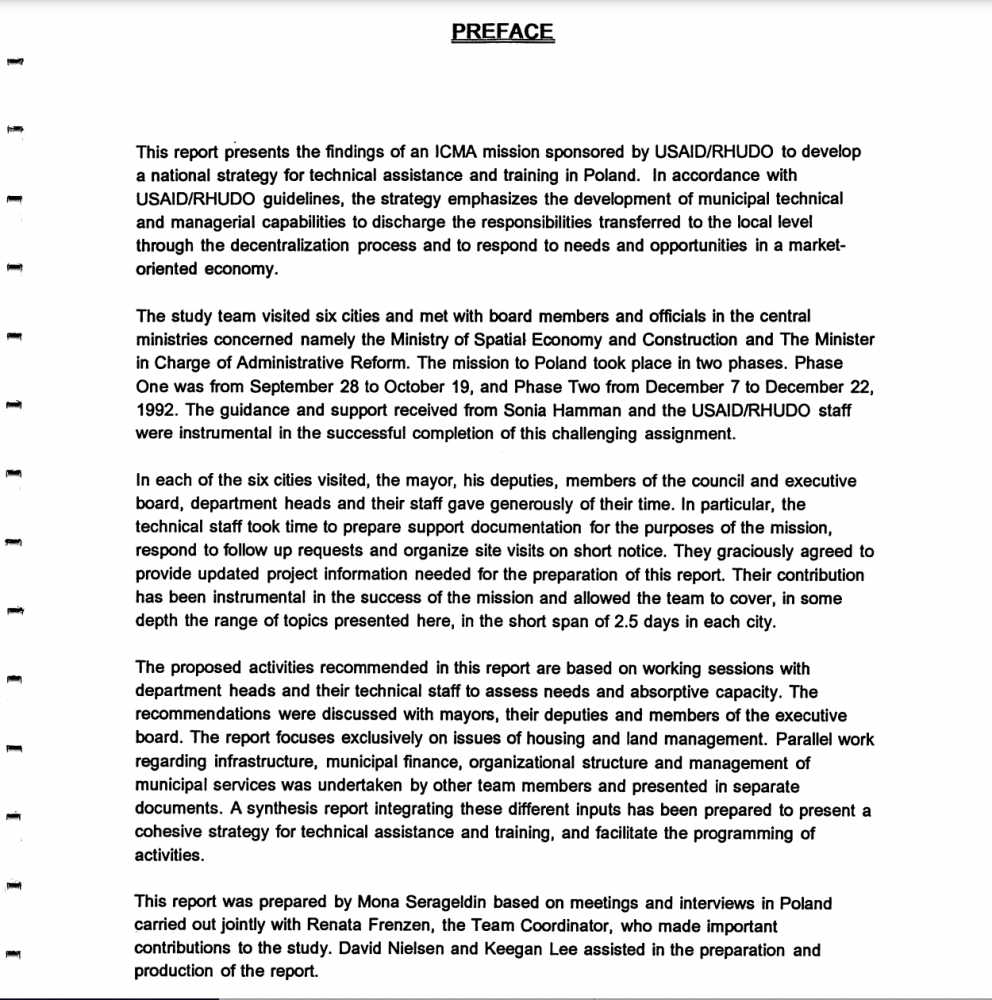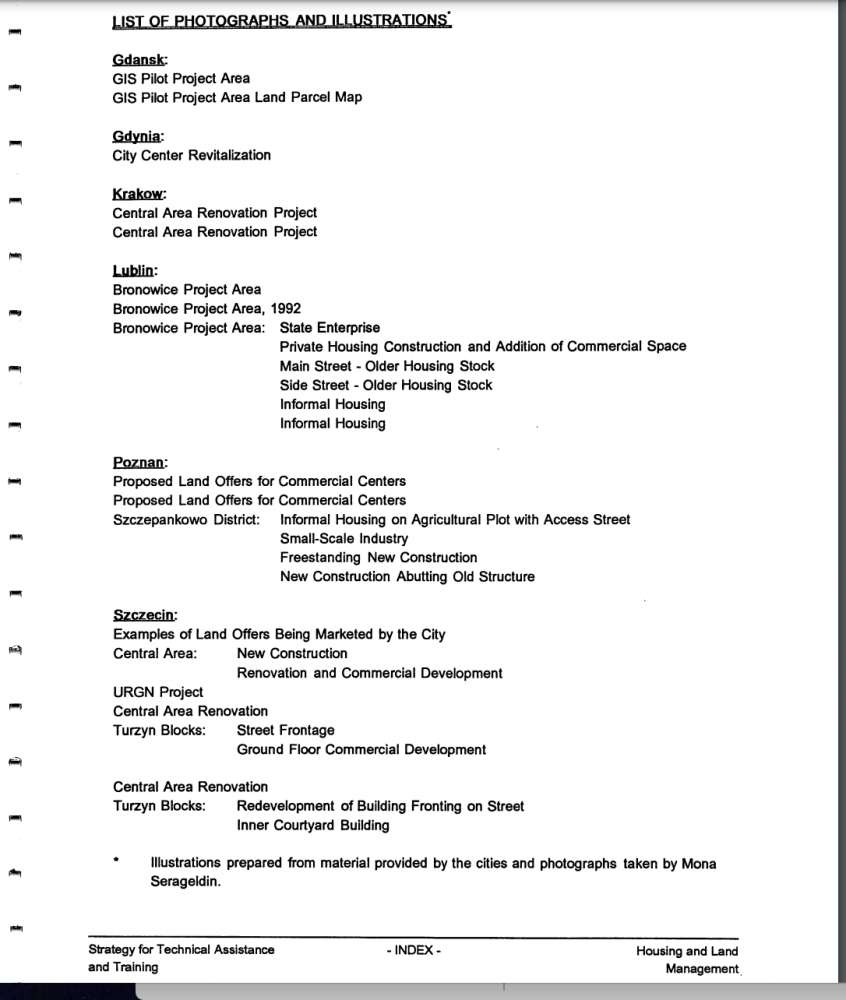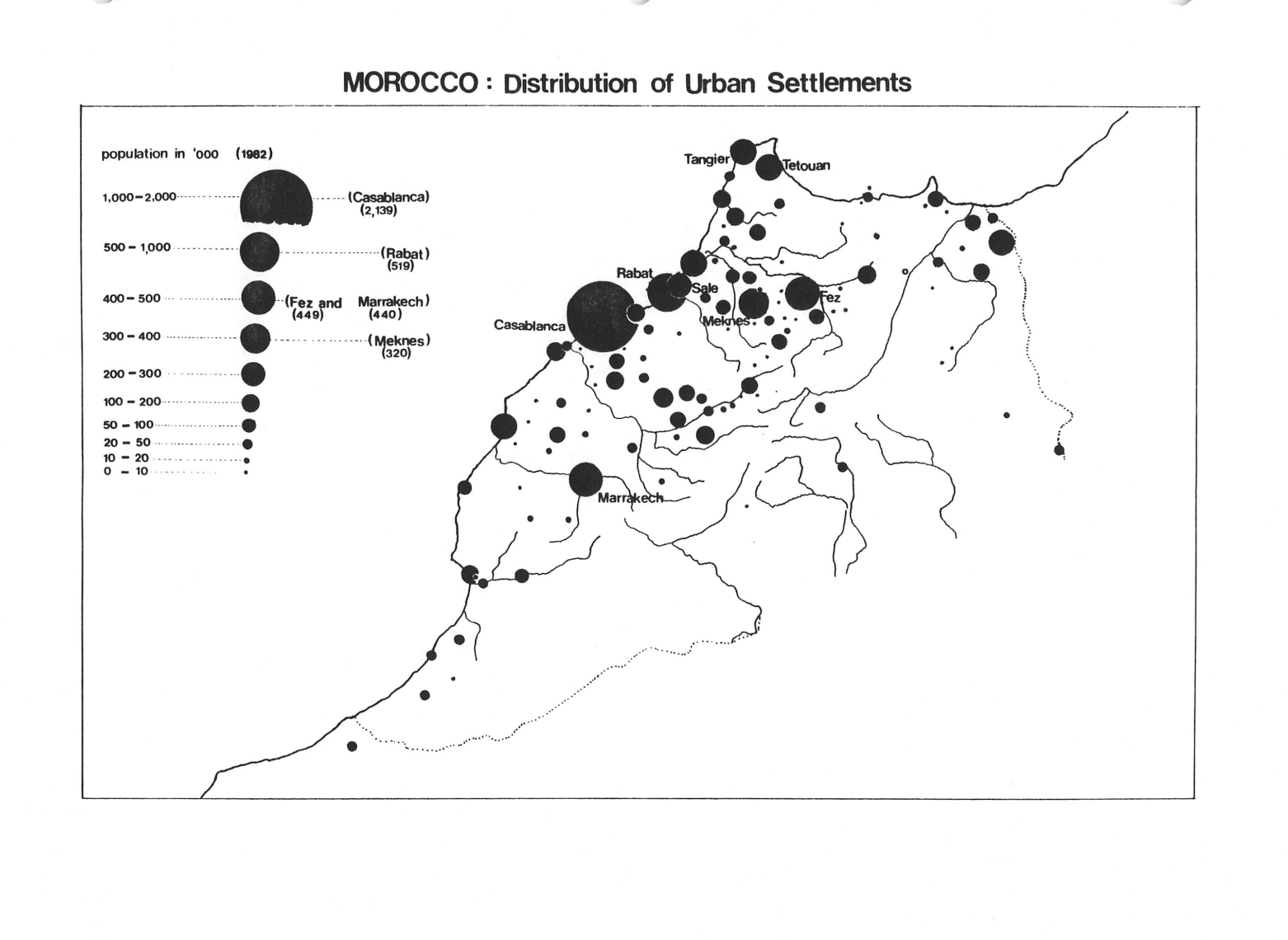Abstract
In 2011, South Africa’s Lesedi Local Municipality contracted I2UD and engineering firm Worley Parsons RSA to provide technical assistance to the municipality, sponsored by South Africa’s Neighborhood Development Partnership Grant (NDPG).
The technical assistance proposal also developed strategic, sustainable plans and an urban design framework for four economically distressed townships within Lesedi Municipality. I2UD formulated development and urban design strategies to revitalize, upgrade, and take advantage of the strategic locations of communities in South Africa’s Gauteng Province.
Documents include an overview presentation, inception report, field report, and stakeholder meeting notes, and a Turn-Around template for Pre-2011 Priority Areas.
See related I2UD projects below
| Project Year: | 2011 |
| Project Type: | Comprehensive Plan |
| Geographic Regions: | Lesedi Local Municipality, Gauteng, South Africa (Ratanda, Impumelelo, Kwazenzele, and Jameson Park) |
| Reports: | Lesedi Local Municipality: I2UD Overview Presentation Lesedi Local Municipality: Inception Report (October 2011) Lesedi Local Municipality: First Field Report (October 2011) Lesedi Local Municipality: Impumelelo Ward 1 Stakeholder Meetings (2010) Lesedi Local Municipality: Ratanda Urban Design Framework Lesedi Local Municipality: Ratanda Wards 3, 5, 8, 9, 10, 11 Stakeholder Meetings (2010) Lesedi Local Municipality: Turn Around Template, Pre-2011 Priority Areas |
| Authors: | Mona Serageldin; Carolina Morgan; Alejandra Mortarini; |
| Sponsors: | Neighbourhood Development Partnership Programme (Republic of South Africa) |
| Categories: | Climate Change and Resilience Building |
| ID: | 2011_08_001 |
Related I2UD Projects
Related by – Work in South Africa
“Review of the South African Government’s Grant-Funded Municipal Infrastructure Programs,” 1998-1999
2001 Best Practices Leadership Programme: “Development of Infrastructure and Initiating of Sustainable Projects in Elim,” Western Cape, South Africa
“Township Development Strategy for Emfuleni Municipality,” Sedibeng, Gauteng, South Africa, 2009
“Technical Assistance to Ladysmith/Emnambithi Local Municipality,” South Africa, 2010
“Technical Assistance to Lesedi Local Municipality,” Gauteng Province, South Africa, 2011





